You have a sound business strategy, your website is rock solid, and you’re getting traffic. There’s only one problem: you’re struggling to increase your actual customer base.
Leads, leads, everywhere, but not a deal to close. It’s a problem many businesses face and a frustrating one at that. But before you abandon ship on your existing marketing strategy, there’s something else you should try.
You need a lead conversion strategy to help you convert the sales leads your marketing campaigns are driving into paying customers. And the best part? You can start building this strategy right now.
Table of contents
- What is lead conversion?
- Lead conversion strategies to grow your business
- How to improve lead conversion rate
What is lead conversion?
Leads are any people who have engaged with your business with the potential to become customers. Lead conversion, then, is the act of turning a prospect, or lead, into a paying customer.
There’s also your lead conversion rate, which measures the rate at which you’re converting leads into paying customers. The higher the lead conversion rate, the better job you’re doing at bringing money into your business. And the better return you’re getting on your ad spend.
You can find your lead conversion rate using this simple formula: (Total leads/total visitors) x 100% = lead conversion rate).
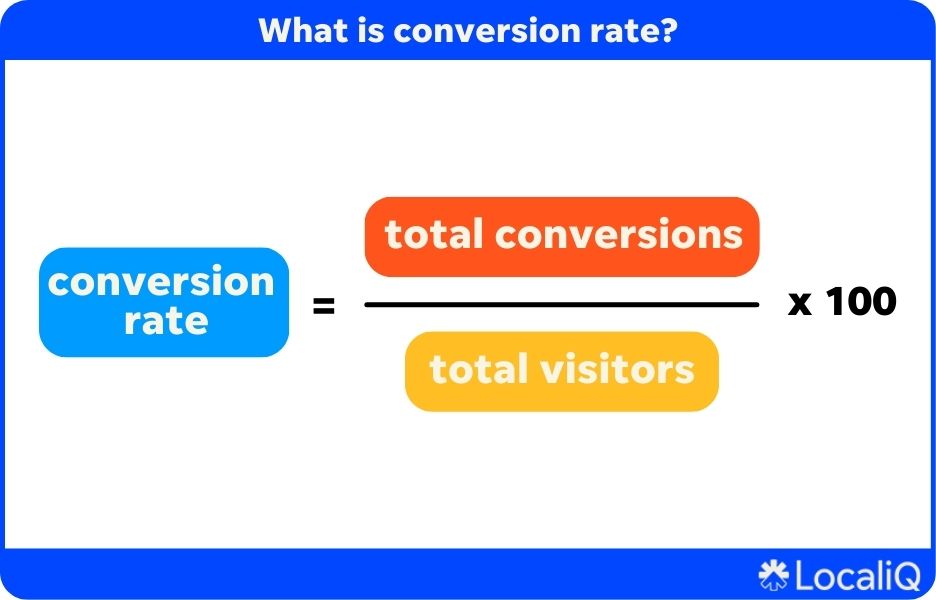
🚨 Free guide >> 6 Simple Steps to a Complete Small Business Marketing Plan (+Template!)
7 lead conversion strategies to try
Boosting your lead conversion rate is easier said than done, which is where a lead conversion strategy comes into play. It’s worth pointing out not all lead conversion strategies work for all business types. It’s important to tailor your strategy to what works best to move marketing leads down your specific sales funnel to conversion.
1. Lead scoring
Lead scoring is a core part of lead management, and involves assigning your leads a score based on their actions. Typically a lead scoring system uses a numerical value, giving leads more value for certain actions and less for others.
For example, a lead that simply clicks a paid ad to visit a landing page may only get five points in your system. A lead that fills out the form on the page and claims the downloadable might get 20 or 30 in your system.
Using lead scoring, you can then set a threshold that determines when a lead should move onto your sales team. This ensures your team is focusing on the most engaged leads, rather than anyone who simply gets into your funnel.
2. Content marketing
If you’re not already familiar with it, content marketing is the practice of creating content that’s tailored to fit your audience’s needs and pain points while promoting your brand or products.
You can use content marketing to attract, nurture, or convert leads at different stages of the sales funnel.

For example, if you sell a special weatherproof paint, it makes sense to write about the benefits of all-weather paint. A piece of content marketing in this niche might read, “The cost-saving benefits of weatherproof paint.” The article should then offer information on how this type of paint, even if more expensive up front, saves you money in the long haul. This educational content piece can attract leads at the top or middle of the funnel. You can then surface up additional content that may move them closer to conversion.
One of the biggest perks of content marketing is that it’s incredibly versatile. If your audience hangs out on social media, you can tailor your content for social. If your audience is more search-savvy, you can focus on SEO and organic traffic. And so on and so forth.
Also worth noting content marketing has real, tangible benefits for your business. (Just in case you needed additional motivation to try this great tactic.)
If you’re looking for content marketing jumping-off points, be sure to check out our extensive list of content marketing ideas.
3. Email marketing
Email marketing is much like content marketing, only your targeted efforts and messaging are sent to your audience via email. Also like content marketing, email marketing is versatile and capable of propping up numerous types of campaigns.
A couple of popular types of marketing emails include:
- Newsletters: Company newsletters are a nice way to get people into your funnel while also building brand awareness and humanizing your brand.
- Awareness campaigns: Create informational email sequences that educate your audience on pain point-related content or industry content, while simply keeping your business top of mind.
- Upsell emails: Converted leads have already shown more interest in your brand than a cold lead. An upselling email entices these existing customers with offers to purchase additional services or products.
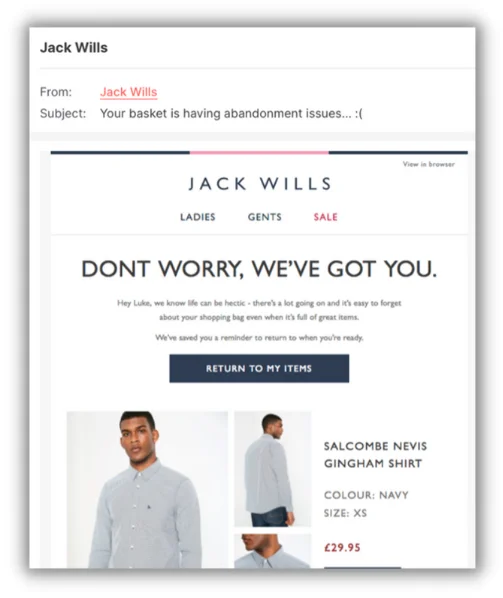
Creativity is the only limit with email marketing. The above are a handful of campaign types, but keep in mind you can use email to do just about anything. Grab some free email marketing templates if you’re struggling to start, and let your creativity run wild. And best of all: email marketing utilizes people you already have in your mailing list. What’s not to love?
For years marketers have joked that email is dead. Don’t let them dissuade you. In reality, revenue generated by email marketing could hit $11 billion before 2024. Email marketing is alive and well. And it’s worth pursuing.
✉️ Get ready-to-customize emails in our free guide >> Small Business Emails Made Easy: Free Templates, Subject Line Ideas, & Tips
4. Nurture campaigns
Build on your content marketing and email marketing and launch a nurture campaign, which covers a particular pain point or topic. Your nurture campaign should guide your audience via a series of emails, promoting different pieces of content along the way.
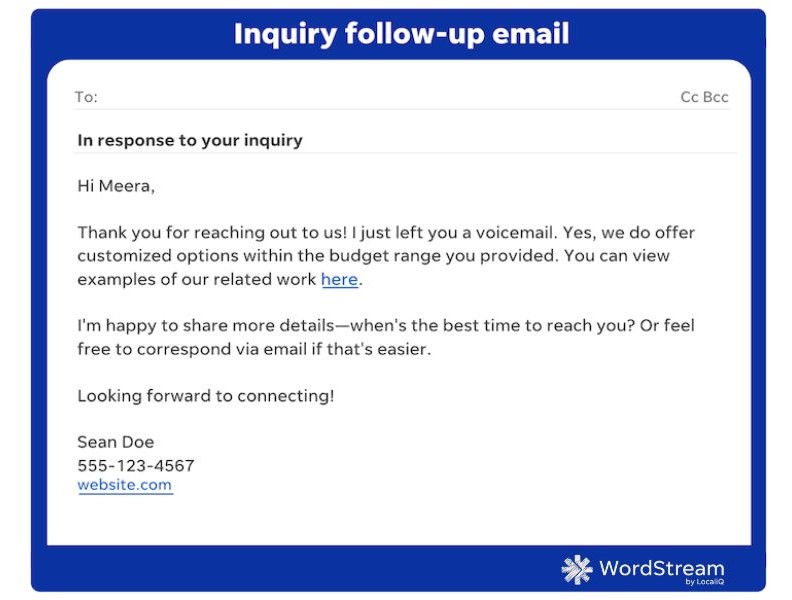
By the end, your audience should know all they need to know to make an informed decision. In your final email, include a CTA that takes them to a demo sign-up, free trial, or landing page specific to that nurture campaign.
5. Social media marketing
Almost every brand has an audience that hangs out on at least one social media platform or forum. If you don’t know where your audience congregates, do some digging and determine where they are. Look for Facebook or LinkedIn groups related to your industry, Google for industry forums, check subreddits, and so on.
Then, meet your audience on their turf. Create social media ads that are organic, but still promote a certain landing page, service, or discount. Keep in mind people are often skeptical of ads on social media, so the more organic and honest, the better. All this work is well worth the effort, too.

You should also build your audience on social media by posting regularly. Remember: keep your message helpful and honest, not promotional. Being overly salesy can damage your brand and drive people away.
6. Remarketing campaigns
A cold lead isn’t a lost cause. Remarketing campaigns aim to re-engage these leads with your brand, typically via email.
One of the most common examples of remarketing is a cart abandonment email. Say someone added one of your items or services to their cart and then left. You could then email this person a day or week later with a reminder to purchase the item. It’s not uncommon to even include a slight discount code in the email.
You can use a similar approach to re-engage with leads who downloaded an asset from your site months ago, signed up for a demo, and so on.
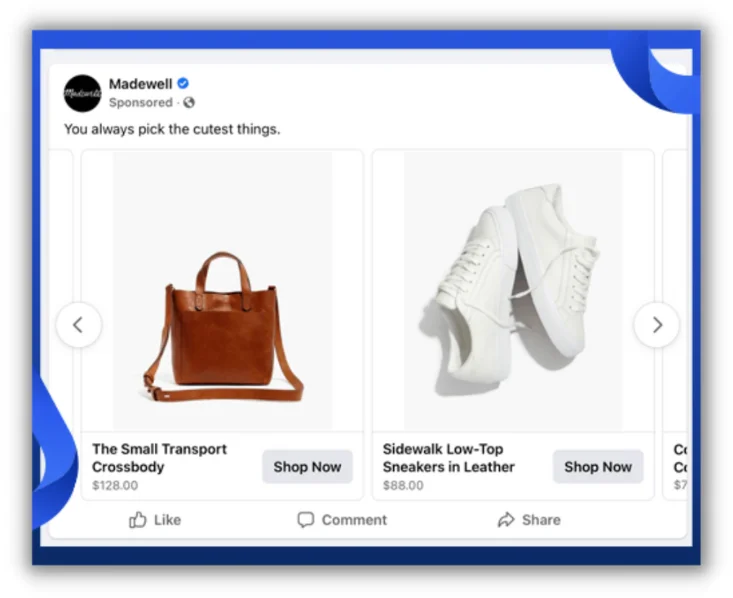
Remarketing campaigns are also used to re-engage with previous customers who haven’t shopped with your brand in a while. In these instances, you can send an email that notifies the previous customer of a new product or service, a sale or upselling opportunity, or even a new resource section.
For more ideas on getting started, don’t miss our small business guide to remarketing.
7. Social proofing
While not a straightforward strategy, social proofing is a powerful tool when it comes to building trust. Many people are leery of marketing, likely having been burned before. Social proof, like a case study or customer success story, can help bridge this gap and establish trust.
See if any of your previous customers are open to an interview, and craft a success story or case study based on their experience. If possible, get a quote or even a video featuring them and put it in a prominent spot, like your homepage.
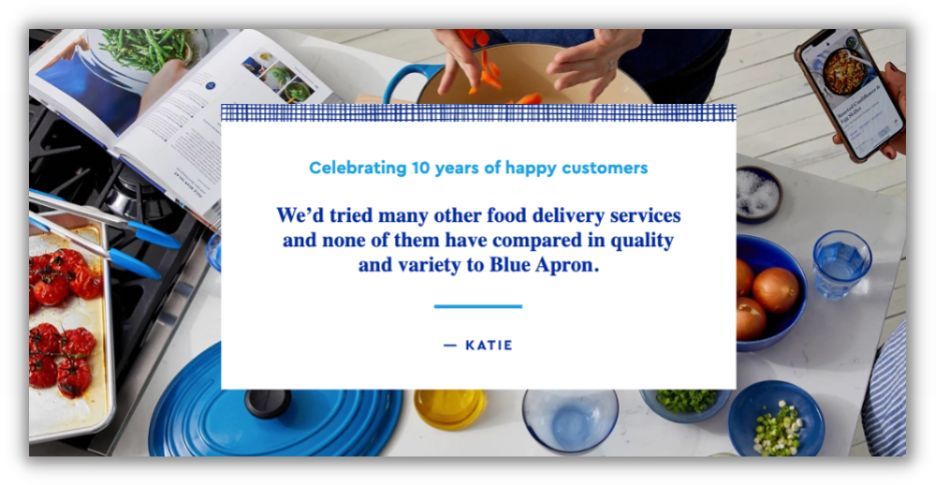
This can take a lot of effort and resources to put together, but it’s worth it: 93% of consumers claim online reviews influence their decision to purchase, while 94% say positive reviews increase their chances of going with a business.
How to improve your lead conversion rate
Even the best lead conversion strategies can require a little boost at times. Whether you’re in the midst of a lead campaign or not, there are steps you can take to help boost your conversion rate year-round.
Get specific about who you’re targeting
One of the best ways to improve your conversion rate is to fully understand who your target audience is, where they spend time (both online and offline), and what problems your business can solve for them.
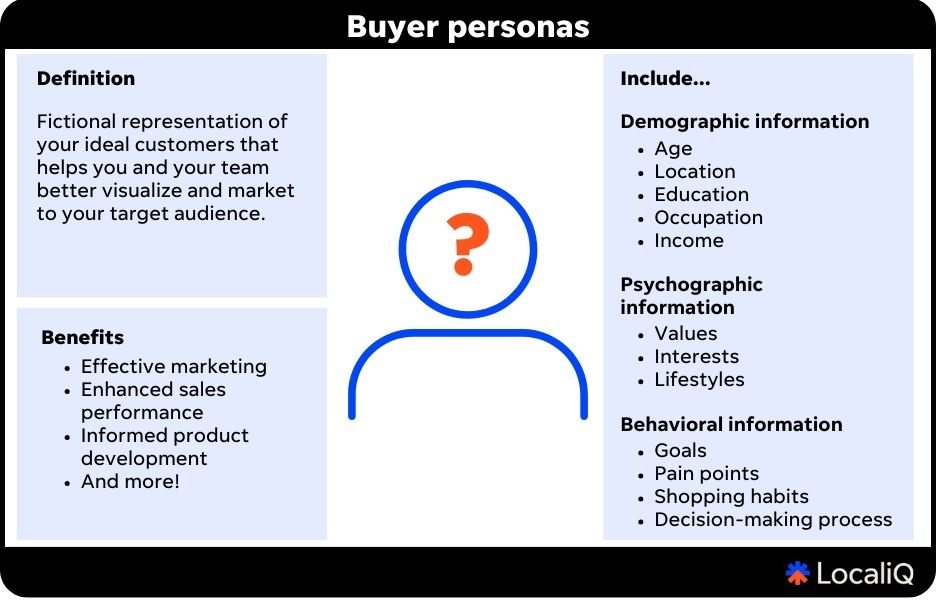
Creating buyer personas can help you identify the right places to engage or target your audience.
Getting a clear grasp of this information can help you create tailored marketing campaigns that speak directly to your most likely customers and drive more conversions.
Continually optimize your efforts
The internet is a fluid place. What worked last quarter or last year may not work in the near future. This is why it’s important to track the performance of your campaigns and optimize them over time.
Examine your lead conversion rates, look for trends across campaigns and asset types, and note what worked and didn’t. You should also A/B test as often as possible, again, noting what worked.
Over time you’ll likely find certain types of campaigns or approaches work better with your audience than others. But again, keep in mind your audience preferences could change. Your competitors can also change their approach, which can influence how your campaigns perform, so it’s wise to keep an eye on the competition!
Double-check your lead forms
Lead conversion efforts only work when you’re generating leads to begin with. If you’ve noticed a dip in your number of leads, revisiting your lead capture forms is a good idea. Ideally, your forms should have no more than 3-5 fields. Any more than that can risk turning people away.
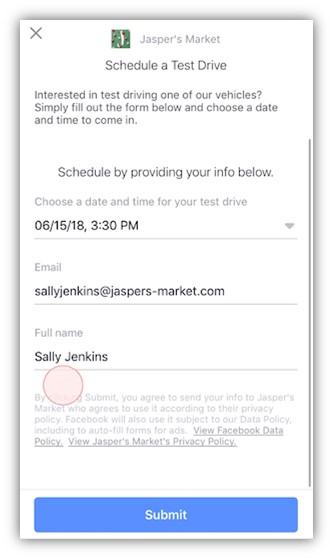
Review past sales successes
Look back at your previous sales and see if you can spot any trends. What’s worked? What hasn’t? How can you tell when a lead is truly ready to purchase?
This is also a great time to loop in your sales team if you have one. Ask them if they’ve noticed any tells that indicate a lead is ready to become a customer, or if there are any common reasons leads walk away. Your sales team is rife with customer knowledge that can inform your lead and marketing strategies. If it’s a pain point for customers on the phone with your sales team, it could be a pain point worth tackling with a campaign.
Make lead conversion a success in 2024 (and beyond!)
A lot goes into generating leads, let alone converting them. But the aforementioned lead conversion strategies can have you well on your way to generating sustainable business.
Here are the top lead conversion strategies:
- Lead scoring
- Content marketing
- Email marketing
- Nurture campaigns
- Social media marketing
- Remarketing campaigns
- Social proofing





